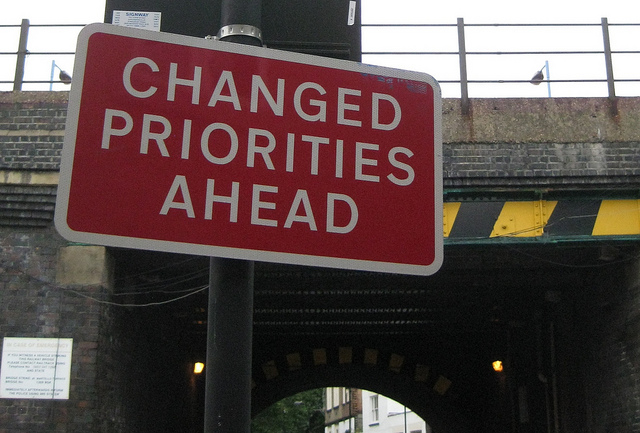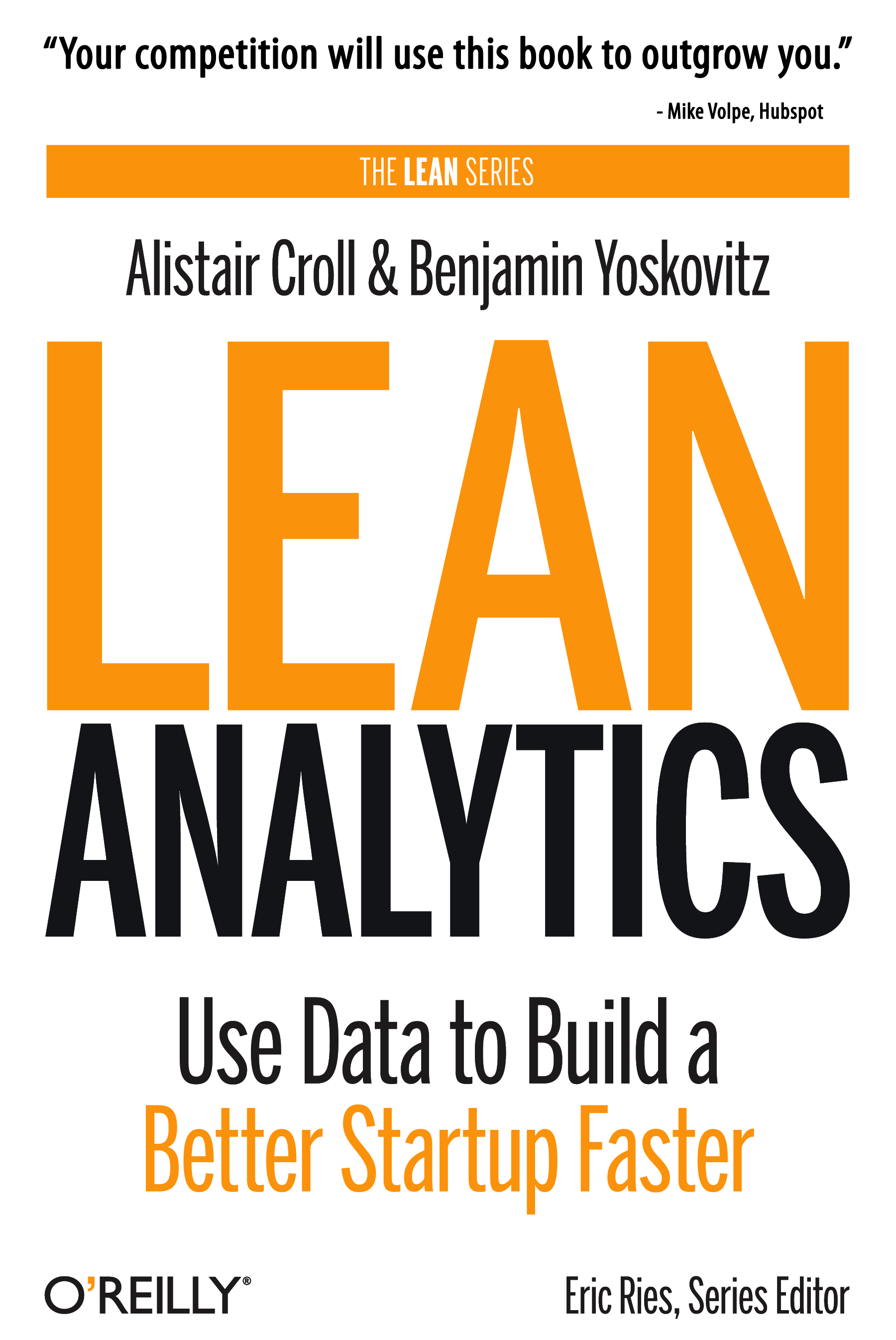 When prioritizing feature development I like to think of a product in four pieces: Ongoing Engagement, Onboarding, First User Experience and Marketing/Growth.
When prioritizing feature development I like to think of a product in four pieces: Ongoing Engagement, Onboarding, First User Experience and Marketing/Growth.
These are actually the steps a user goes through during their lifecycle with your product (listed in reverse). Think of your product less in terms of features and more in terms of the experience you’re trying to provide from start to finish.
Ongoing Engagement
How do you make sure users get continuous value from your product? How do you make sure they return?
Without ongoing engagement (read: stickiness) you can’t survive. You’ll invest too much time getting people through the front door, only to realize they don’t stick around in your house long enough to get any value (and therefore by extension, don’t stick around long enough to give you any value).
Early on most of your prioritization should be around increasing usage (DAU, WAU, MAU) and to a lesser extent decreasing churn.
Reminder: Start with ongoing engagement. Make sure your product is sticky and prioritize features that will drive usage. Then move up the funnel to the next stage.
First User Experience
What do you want people doing as soon as they start using your product? How can you get people to an “Aha!” moment quickly?
Too many products fall down at this stage; they don’t provide a meaningful first user experience. That’s why I like to focus on this stage separately from onboarding and ongoing engagement. Aim for a great first user experience right from the beginning of your startup’s life, even if you can’t get enough people to the door (marketing/growth) and not enough are walking through (onboarding). On day one when you launch someone will try your product, and you have a very short amount of time to capture their attention.
You should dedicate many release cycles (and an entire team if you have enough people) just to nailing the first user experience. Data helps too: What are your best users doing that keeps them hooked? How can you incorporate that behavior into the first user experience? You’ll learn this sort of thing over time and can leverage it.
Reminder: Think of the first user experience as separate from onboarding. Onboarding gets people through the door; the first user experience gets them doing something important/valuable once they’re in. Prioritize the first user experience early and learn as quickly as you can what your best users are doing in your product.
Onboarding
How can you get people signed up? Where is the friction in your sign up process that you can eliminate?
Most people these days are aware of the importance of onboarding. I see a lot of teams invest heavily in on-boarding. I might even say a bit too much. Not because onboarding isn’t important–but I think there’s a risk of over optimizing at this stage at the expense of the other stages. You need people walking through the front door, but there will always be some amount of drop off. This is where instrumentation is so important–you have to measure each step of the funnel and identify any problems. But if you have a 5% drop off at a step is that what you should prioritize first? Not necessarily. If you eliminate that 5% completely but don’t have enough people coming into your product it won’t move the needle enough. Similarly if you eliminate that 5% but everyone has a terrible first user experience, you won’t win.
Note: Back in January I wrote, Onboarding Isn’t About Signups, It’s About Long-Term Engagement, which was really about the first-user experience. By breaking out the first user experience into its own product prioritization category (i.e. thinking about it as a separate stage of product use), it narrows the definition of onboarding into being more about the sign-up flow and reducing friction in those steps.
Reminder: An awesome onboarding experience is essential but don’t over optimize. Get enough people through the front door early so you can test the first user experience and ongoing engagement of your product. Optimize onboarding right before you invest heavily in marketing/growth.
Marketing/Growth
How do you get users to your product? How do you get them to the front door?
If you can’t get enough people to the front door you can’t win. At the same time, if you focus too early on distribution and you haven’t solved for the rest of a user’s experience with your product you’ll have too much churn. The cost of acquisition will be too high.
If you’re a product person or developer be careful that you don’t ignore this “part of their product” because a lot of marketing/growth is done outside the product–in fact there’s an entirely different department responsible for user acquisition, right? Some viral features might get dumped into the product in the hopes that they drive enough people to the front door, but so much more can be done. Product development and prioritization at this stage may not touch the core product itself, but it’s critical to the company’s success. Think about the product as more than just the core features; think about everything that surrounds the product as well–after all the work involved around the product will (at least early on) take resources away from the core product. Hard choices around prioritization have to be made.
Reminder: Think of marketing/growth initiatives as part of the core product because they’re part of a user’s complete experience. When it’s time to focus on marketing/growth, shift resources and prioritization to building growth features and growth projects around the core product.
Prioritizing Product Development
- Make sure people get enough value and stick around.
- Make sure people have a great first user experience (that drives more usage).
- Make sure people get through the front door and sign up.
- Make sure lots of people show up at the front door (so you can scale).
Try focusing on one of these at a time and not spreading yourself too thin. Get your whole team aligned on the key problem you’re trying to solve. Let people go deep into one of these areas and give them the freedom to brainstorm all over the place.
Expand the definition of “product” beyond the core feature set and start thinking about prioritizing development across the entire user experience, which includes marketing/growth (and even other areas such as customer support). Remember: A product isn’t a collection of features; it’s an experience from the first touchpoint to the very end.
Photo from Addison Berry.
 Founding Partner at
Founding Partner at 